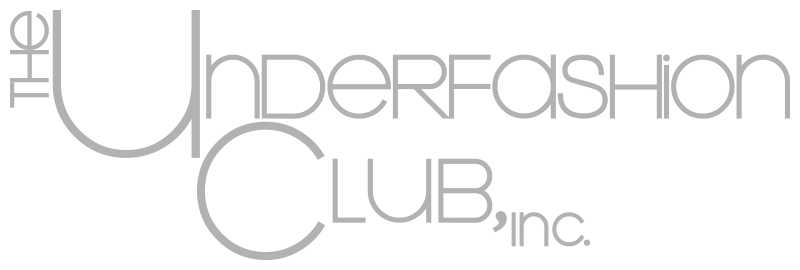https://vimeo.com/196333585
Full-figure and full busted lingerie is steadily growing in the intimate apparel industry, gaining more representation in fashion and trade shows every year. The average size is increasing in the US, so the demand for larger garments is naturally following the trend. The plus size women’s clothing market has reached $18 billion in 2014 (up by about 5%). According to various sources and depending who you talk to, the most common bra size these days is either a 34DD or a 36DD. That translates to a 38C or a 38D.
This increase in visibility urges brands to expand the sizes they manufacture and encourages retailers to stock up on a wider range of sizes. The progress that’s been made hasn’t been easy to achieve. Full-figure and full busted lingerie designers must overcome unique challenges in the industry in order to bring their products into the market. read more
Nothing says passion like giving your loved one luxurious lingerie for Valentine’s Day. If you’re daring to purchase such a bold and beautiful gift for the occasion this year, there are a few things you should keep in mind while shopping to ensure her gratitude!
On September 30, I attended a Special “test” event hosted in partnership by Eurovet and INVISTA™. It was a first ever fabric exposition in NYC of the Interfiliѐre show presented internationally and covering trends for Fall/ Winter 2014. I have to admit, I was a bit iffy about attending. Perhaps I am somewhat inured to that so often seems like marketing hype, but I was in for a very pleasant surprise. The event was terrific; informative, in a great venue, and delicious food as well as an open bar. I can not wait for the next one! read more
Recently, the lingerie blogger behind Braless In Brasil called for a push in diversity within the lingerie industry. It’s received an overwhelming amount of support among lingerie bloggers, providing refreshingly realistic perspectives regarding the representation of beauty in its many forms!
See the list of contributions to the #diversityinlingerie discussion:
http://www.bralessinbrasil.com/2013/08/diversityinlingerie.html
Drastic changes in cup size can come as a shock after a proper bra fitting. When you understand the math behind the measurements, it’s much easier to accept.
Cups and Measures shared a clear and informative description she found on reddit in her blog. http://cupsandmeasures.wordpress.com/2012/06/12/reddit-to-the-rescue-8/
Catherine Clavering of Kiss Me Deadly wrote a blog post about why the sampling methods of breast and bra-related studies matter for the calculation of valid statistics on The Lingerie Addict. Think critically before taking the results on any of the studies that reach the news as fact. This is what you should consider before deciding if the statistics are representative of its population.
Bra Fit Science: Why Sampling Methods for Lingerie Research Matter
Lingerie is always changing. See how the cuts, styles, and stitchings have changed throughout each decade on SFGate.com.
http://blog.sfgate.com/chronstyle/2013/06/12/lingerie-through-the-ages/
